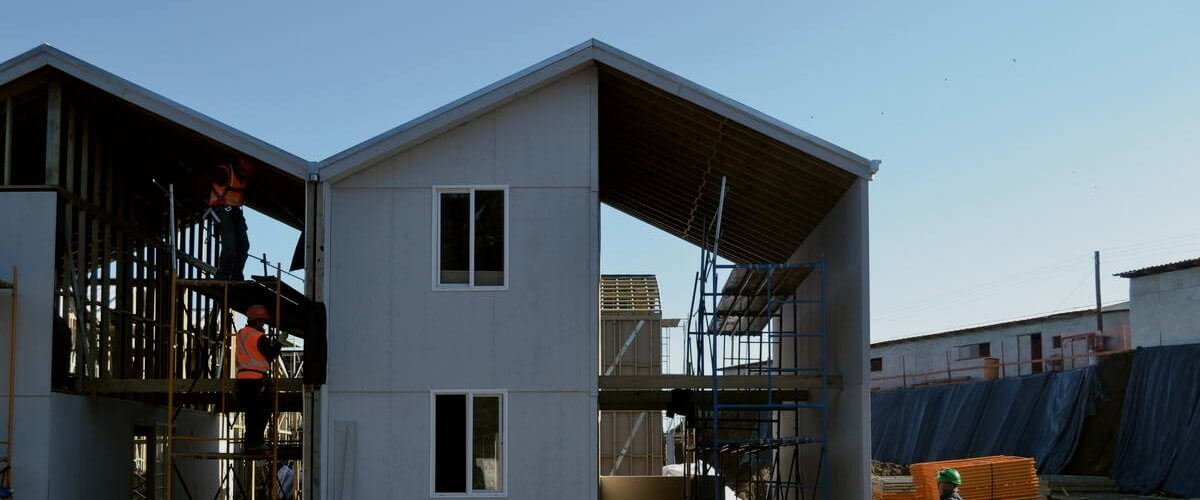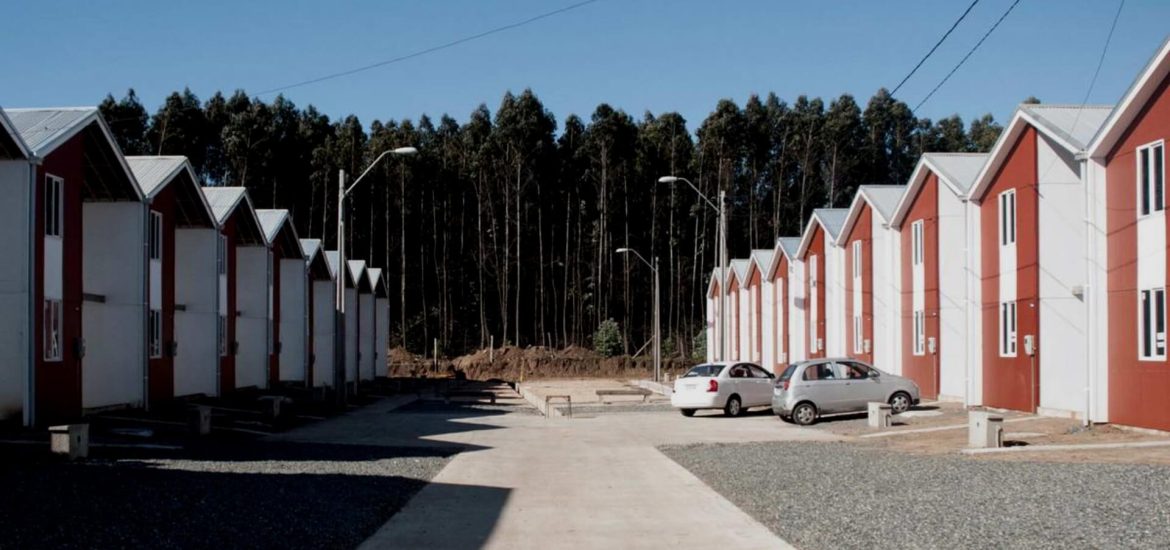As the population of Europe grows and socio-economic problems persist, providing social housing has become an increasingly pressing priority. To achieve this aim, European countries have been exploring a range of financing models to fund new construction projects while ensuring that existing social housing remains affordable and accessible. In this blog post, we will look at some creative solutions currently being adopted by different European nations to provide quality social housing for their citizens.
Overview of the Need for Social Housing in Europe
Social housing has become an increasingly pressing need in many European countries. In recent years, population growth, rising levels of poverty and inequality, and a lack of affordable housing have all contributed to the growing demand for social housing. It highlights the importance of developing creative solutions to fund new construction projects and ensure that existing social housing remains affordable and accessible to all.
Financing Models Used by Different Countries
The financing of social housing projects varies from country to country, depending on the economic situation, the level of government support available, the availability of private investors, and the ability of citizens to cover rental costs. These factors have led different European countries to explore a range of models for financing social housing construction.
Examples of Creative Solutions to Fund Construction Projects
One creative solution adopted by several European countries is the use of public-private partnerships (PPPs). By partnering with private investors, governments can leverage their resources and take advantage of the expertise and financial capabilities of the private sector. It enables them to access additional capital to fund construction projects while ensuring that the rental rates remain affordable. In some cases, PPPs have even been used to provide housing for low-income households at no cost.

Another creative solution in certain European countries is selling public land or buildings to private companies or investors. It enables governments to access capital from the sale, which can be reinvested in social housing construction projects.
Benefits and Challenges of Each Model
The use of creative financing models for social housing construction has several advantages. PPPs, for example, enable the government to leverage its resources while taking advantage of the expertise and financial capabilities of the private sector. The sale of public land or buildings can also provide additional funds for construction projects without increasing taxes or rental rates.
There are, however, several challenges associated with these models. PPPs, for example, may involve complex legal arrangements and require significant implementation time. Similarly, the sale of public land or buildings can lead to the displacement of existing tenants and a loss of control over certain areas.
Conclusion
As the need for social housing grows in Europe, countries increasingly explore creative solutions to fund construction projects. By leveraging public resources and taking advantage of private sector expertise, governments can access additional capital while ensuring that rental rates remain affordable. However, there are several challenges associated with these models which must be taken into consideration.

